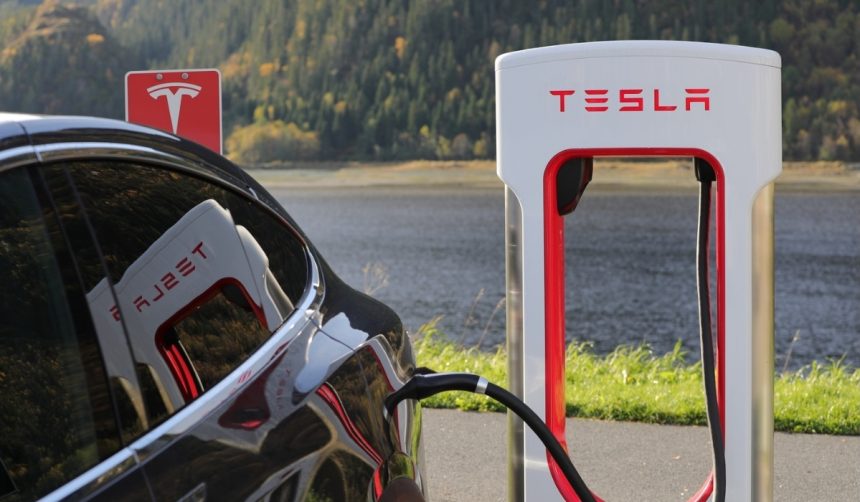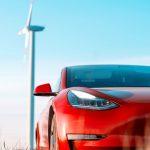Sweden’s growing fleet of electric vehicles has generated interest in how durable their batteries truly are, prompting a comprehensive analysis of battery health among popular brands. The Swedish car broker Kvdbil recently assessed more than 1,300 used battery electric vehicles (BEVs) and plug-in hybrids from various automakers. According to their findings, Kia and Tesla models consistently maintained the highest levels of battery capacity, signaling reliability for existing and future EV owners. Concerns over battery lifespan have previously affected consumer decisions, but the recent data suggests improvement across the sector as more advanced engineering is implemented.
Earlier reports on electric vehicle battery health often painted a more uncertain picture, with significant concerns about rapid battery degradation, particularly among early BEV adopters. Previous studies tended to focus on limited samples or vehicles with less sophisticated battery management systems, resulting in more variability and lower average retention rates. In contrast, the latest Swedish study covers a wider range of vehicles and provides a clearer comparison of different brands under real-world use, showing overall progress in battery resilience, particularly for brands like Kia and Tesla. This new data offers a shift from prior skepticism and raises expectations for battery technology in newer models.
Which Brands Showed the Best Battery Retention?
The survey conducted by Kvdbil tested the battery health of vehicles such as the Kia EV6, Kia e-Niro, and Tesla Model Y. Results indicate that these models lead in maintaining battery capacity over time, even as they age through multiple ownership cycles. Specifically, eight out of ten used electric vehicles examined still held at least 90% of their original battery capacity. Test manager Martin Reinholdsson remarked,
“They are actually better than we thought. We were a bit surprised that there were so many that were this good.”
How Do Usage Patterns and Engineering Affect Results?
Kvdbil attributed these high retention rates to improved battery management systems and careful vehicle engineering. According to the company, variables like how frequently a car is fast-charged, the typical driving style, and the car’s age can all influence battery health outcomes. The presence of sophisticated battery control technologies in the leading models played a key role according to testers. Reinholdsson noted,
“The development in EV battery durability reflects smarter technology and owner awareness working together.”
What About Other Vehicles in the Study?
Alongside the top performers from Kia and Tesla, several other brands ranked in Kvdbil’s top ten for battery longevity. Models from Opel, Mazda, Audi, Fiat, Volvo, Citroën, and Volkswagen were also highlighted for satisfactory battery retention, but did not match the results seen from the leading brands. The inclusion of a wider range of vehicles helps to provide a fuller picture of how well battery technology has progressed, regardless of automaker scale or market positioning.
With rising electric vehicle adoption and ongoing doubts about long-term ownership costs, detailed studies like this inform both consumers and manufacturers. Although anecdotal reports have previously circulated about high-mileage EVs—such as a Tesla Model S 90D in the UK reportedly losing minimal range after hundreds of thousands of miles—this broader Swedish test validates those cases on a larger scale. Owners of Kia and Tesla vehicles, in particular, have evidence to support battery durability claims and can use this information in future purchase or resale decisions. Data-driven evaluations like these enable shoppers to balance purchase price, estimated range, and projected battery longevity when selecting among new or used electric vehicles.










